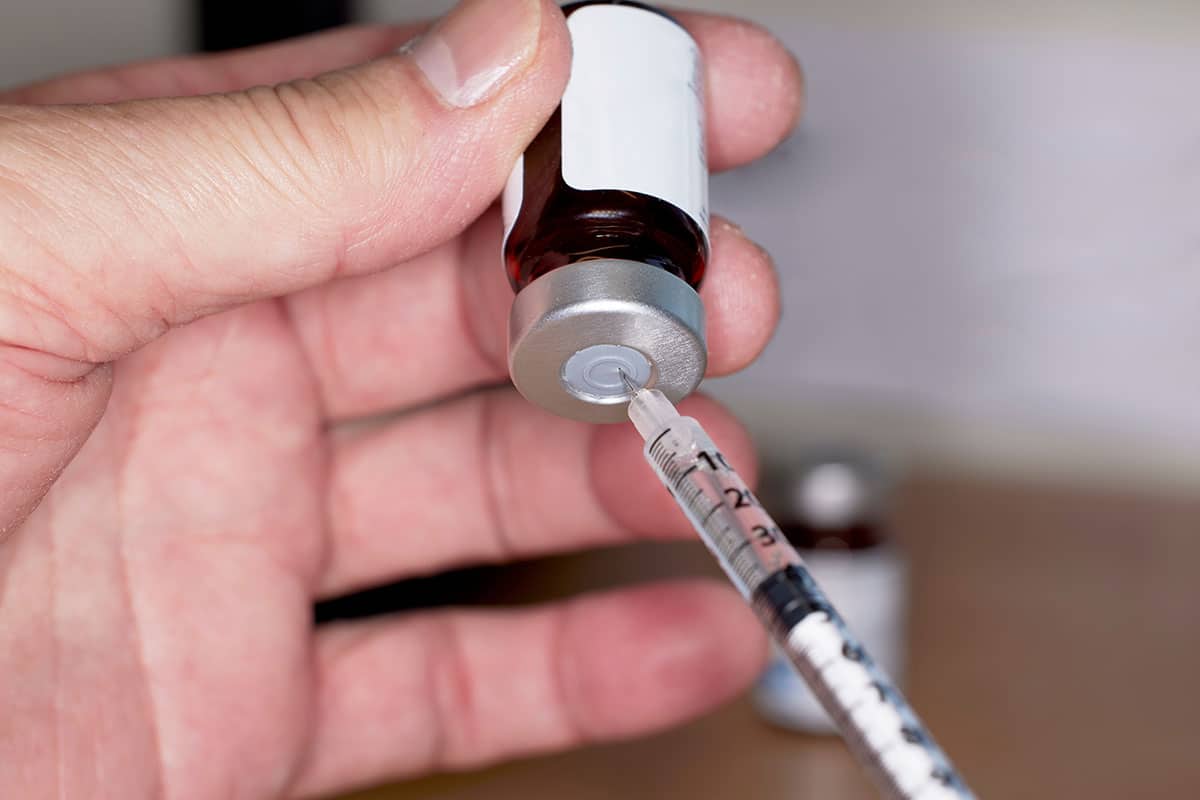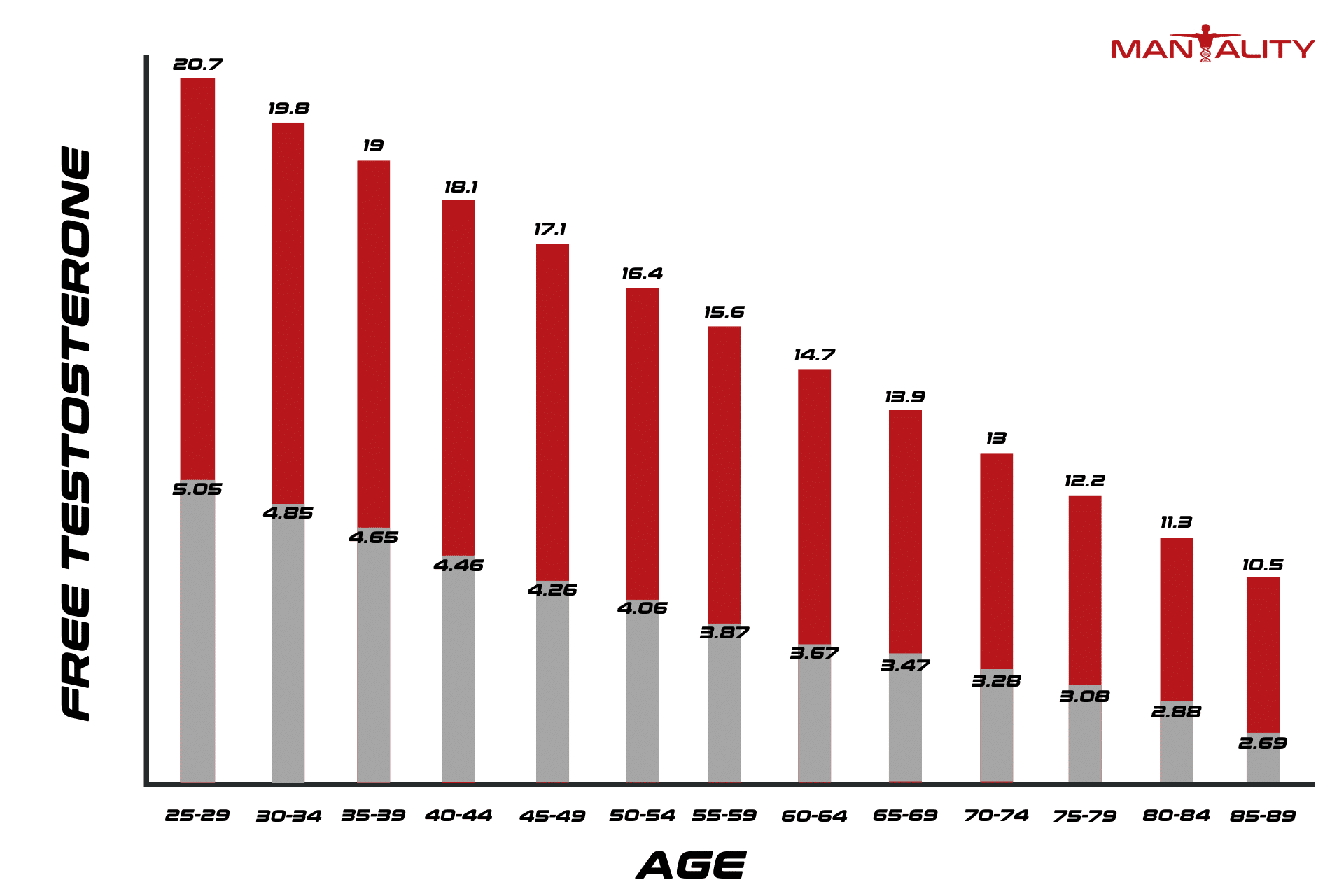When it comes to increasing testosterone levels, especially in men with low testosterone, both enclomiphene and clomiphene are popular options. But which one is more effective?
In this article, we’ll explore enclomiphene vs. clomiphene, their applications in bodybuilding, their use in testosterone replacement therapy (TRT), and their impact on men’s health.
Understanding Clomiphene Citrate and Enclomiphene Citrate
Clomiphene citrate, often simply called clomiphene, has long been used to treat infertility in women by stimulating ovulation. However, it’s also prescribed to men with low testosterone levels because it stimulates testosterone production. Clomiphene is actually a mixture of two isomers: enclomiphene and zuclomiphene.
Enclomiphene is the active component in clomiphene responsible for stimulating testosterone without the estrogen-like side effects often associated with zuclomiphene. This is why some specialists prefer using enclomiphene alone rather than clomiphene citrate for men with testosterone deficiency.
Enclomiphene vs Clomiphene in Bodybuilding
In bodybuilding, many individuals seek ways to boost testosterone levels to enhance muscle growth, recovery, and performance. Both clomiphene and enclomiphene have gained attention in bodybuilding circles due to their ability to increase testosterone levels.
While clomiphene citrate vs. enclomiphene are both used, enclomiphene is often seen as a more favorable option because it specifically stimulates testosterone without the added estrogenic effects of zuclomiphene.
How They Work to Stimulate Testosterone Production
Both clomiphene and enclomiphene stimulate testosterone production by acting on the hypothalamus and pituitary gland. They encourage these glands to release more luteinizing hormone (LH) and follicle-stimulating hormone (FSH), which, in turn, stimulate the testes to produce more testosterone.
This mechanism makes these medications particularly useful for men with testosterone deficiency who want to avoid direct testosterone replacement therapy (TRT).
Enclomiphene vs Clomiphene for Testosterone: Which is Better?
When comparing enclomiphene vs. clomiphene for testosterone therapy, enclomiphene has several advantages:
- Direct action: Enclomiphene directly targets testosterone production without introducing zuclomiphene, which can have estrogenic side effects.
- Fewer mood swings: Because enclomiphene has fewer estrogen-like effects, it’s often associated with a reduced risk of mood swings compared to clomiphene.
- Lower risk of side effects: Enclomiphene tends to have fewer potential side effects, making it a safer choice for long-term use.
Many doctors and specialists now lean towards enclomiphene alone for men with low testosterone, especially when the goal is to stimulate natural testosterone production without introducing other hormones.

Sperm Production and Fertility
Both clomiphene and enclomiphene are known to positively impact sperm production. Since they stimulate the production of LH and FSH, they can support spermatogenesis (the production of sperm cells) in the testes. This makes them valuable options for men experiencing infertility due to low testosterone levels, as they may improve both sperm production and overall fertility.
Potential Side Effects of Clomiphene and Enclomiphene
While enclomiphene has fewer side effects compared to clomiphene citrate, both medications can still have potential side effects. Understanding these can help men make an informed choice about which treatment is best for them.
Common Side Effects of Clomiphene
- Mood swings: Clomiphene’s estrogen-like effects can sometimes lead to emotional fluctuations.
- Vision changes: Some users report temporary vision issues.
- Headaches and nausea: Mild symptoms such as headaches, nausea, and dizziness can occur.
Common Side Effects of Enclomiphene
- Mild fatigue: Some men report tiredness when starting treatment.
- Increased appetite: Enclomiphene can increase appetite in some cases.
Because enclomiphene is more targeted, it generally has a lower risk of mood swings and other estrogenic effects, making it a popular choice for those sensitive to clomiphene’s side effects.
Enclomiphene vs. Clomiphene in Testosterone Replacement Therapy (TRT)
For men considering testosterone replacement therapy (TRT), enclomiphene and clomiphene offer an alternative approach. Instead of directly supplying testosterone, these medications stimulate the body’s natural production. This can be beneficial for men with mild to moderate testosterone deficiency who want to avoid the dependency and side effects sometimes associated with TRT.
Key Takeaways: Which Is More Effective?
When comparing clomiphene vs. enclomiphene, both can be effective for increasing testosterone levels. However, enclomiphene may offer some advantages:
- Fewer side effects: The absence of zuclomiphene reduces estrogen-like side effects.
- Better mood stability: Enclomiphene’s targeted action may lead to fewer mood swings.
- Enhanced effectiveness for testosterone stimulation: Enclomiphene’s direct action may yield more consistent results in raising testosterone levels.
The Bottom Line
When choosing between clomiphene and enclomiphene, enclomiphene may be the better option for men aiming to increase testosterone levels naturally with minimal side effects. With its ability to stimulate testosterone production, improve sperm production, and have a gentler impact on mood, enclomiphene can be particularly effective for men managing low testosterone symptoms or exploring alternatives to traditional TRT.
Consult with a healthcare provider to determine the best approach for your needs, as individual responses can vary. Whether for bodybuilding, testosterone therapy, or fertility support, understanding the nuances of clomiphene and enclomiphene can help you make an informed choice.




